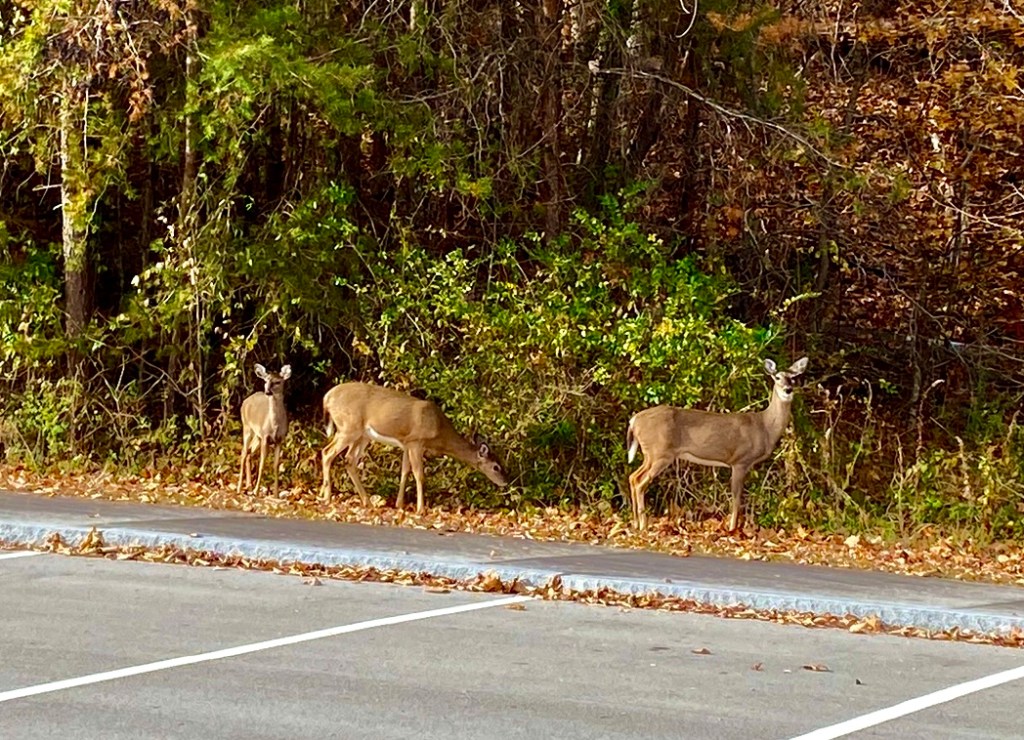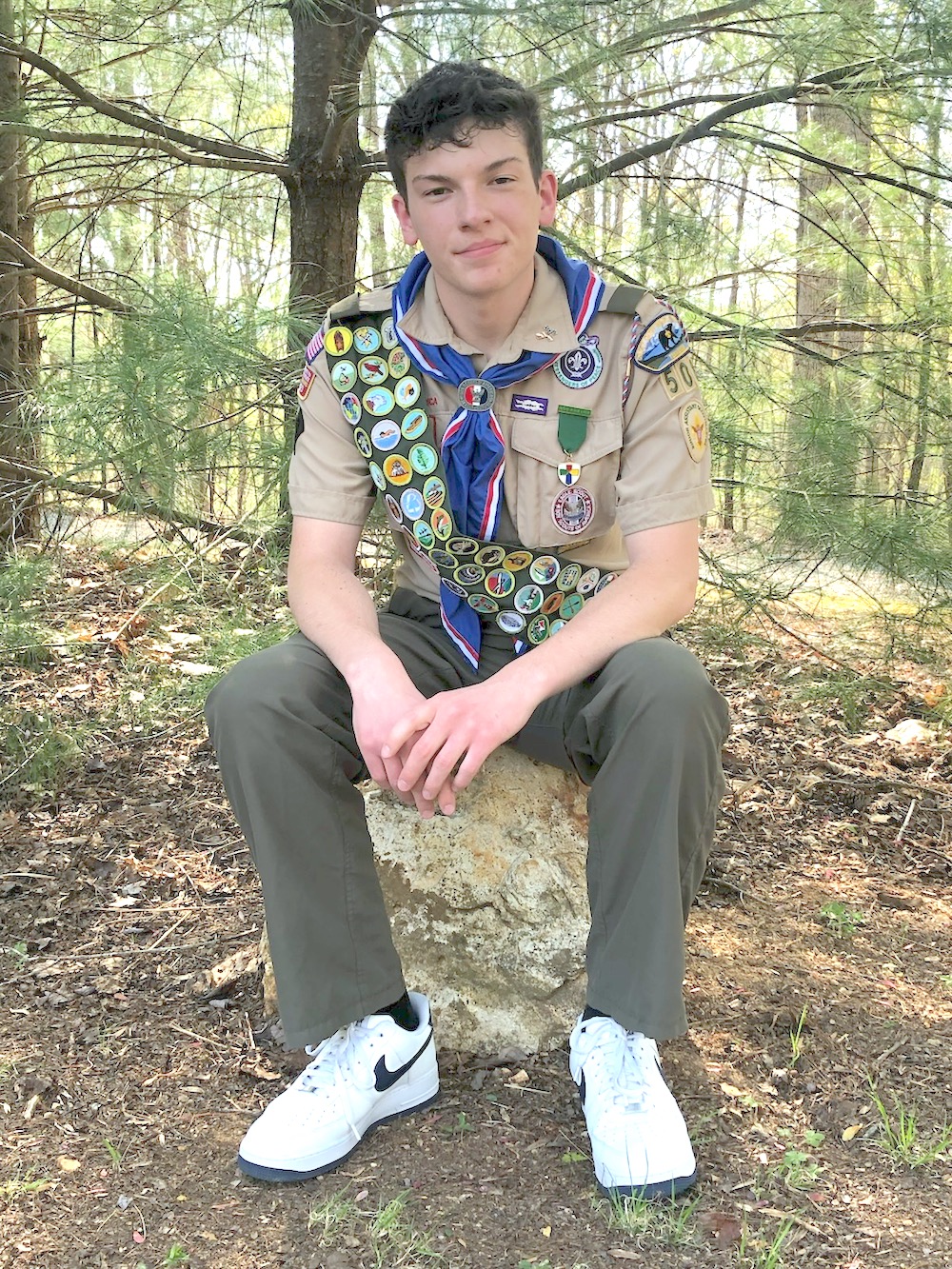Ways to deter those pesky deer
Published 1:37 pm Friday, January 5, 2024

- Deer can be enjoyable to watch right up until they eat your landscaping. Photo by Steve Roark
|
Getting your Trinity Audio player ready...
|
By Steve Roark
Cumberland Gap National Historical Park
The deer population, as has the human population, has steadily increased over the past few decades. The recent trend of wanting to build a house in the country or in the woods has put both populations in closer contact with each other. Deer are opportunistic feeders and will eat food wherever they can find it, which could be your favorite apple tree, tomato plant, or landscape shrub.
Deer can visit your garden or lawn any time of year but are most prone to do so in the spring when wild food tends to be scarcer and planted stuff is producing new, tender growth. There are very few plants that a deer will not eat if they are hungry enough, particularly in winter. But there are a few plants they prefer not to eat. So if you are frustrated with deer browsing on your landscape, consider planting these species: Agave, Ajuga, bee balm, black locust, boxwood, butterfly bush, clematis, columbine, daffodil, ferns, foxglove, hellebore, holly, Iris, lavender, lilac, marigold, mint, pine, rosemary, Russian sage, Spruce, vinca, wax myrtle, yarrow, yucca, zinnia.
Low-tech deterrent methods are worth a shot if the deer problem isn’t too severe. Some involve bad smells or tastes, so a rain event will require reapplication. Here are a few methods.
Human hair from a hair salon
Stuff the hair in mesh bags or old pantyhose, and hang it throughout the yard, on or near the plants the deer are eating.
Human urine
Hang up strips of cloth around areas you want to protect and pour urine on them. This is not recommended for areas where you hang out a lot. Soap
Irish Spring and Lava are two brands that are reported to work. Any soap that has a strong scent may be worth trying. Tie the soap with string and hang bars around the yard.
Pepper Spray
Some think deer are dissuaded by hot or spicy flavors. Here’s one recipe: In a blender, grind up three or four hot peppers with one clove of garlic and half an onion in water. Let the slurry sit for a day or so, then strain and spray. Coat entire plants or leaves that can be reached by deer.
Radio
A battery-powered radio sealed in a plastic bag and tuned to a talk show or loud rock music may fool the deer into thinking humans are around. Lights
Motion-activated ones are good if you can rig something up. Deer like to come in cover of darkness, and this should spook them.
Water
There is a device called Water De-Fence that hooks to a garden hose. It senses motion from 35 feet out and fires off a spurt of water.
There are commercial products available that may be worth trying. One I’ve seen tried on planted tree seedlings is called Plantskydd, made from dried blood and worked pretty well.
Steve Roark is a volunteer at Cumberland Gap National Historical Park in east Tennessee.
Deer can be enjoyable to watch right up until they eat your landscaping. (Photo by Steve Roark)





